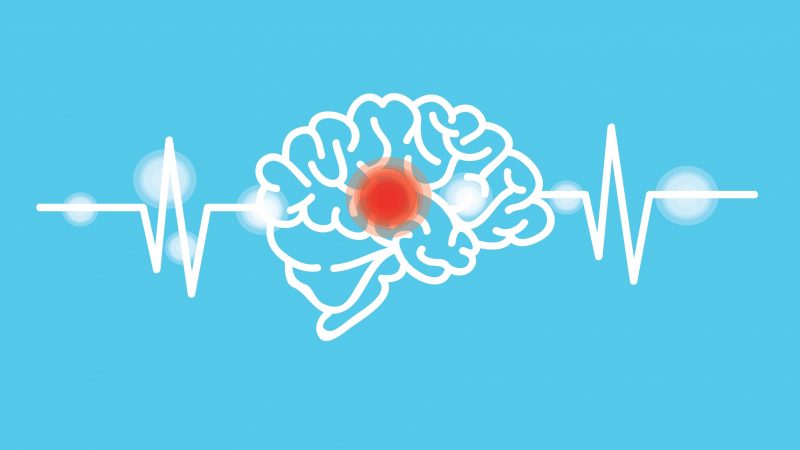Traumatic brain injuries (TBI) affect roughly 2.5 million Americans each year, according to a report from the Centers for Disease Control and Prevention (CDC). With a condition such as TBI being so prevalent, scientific studies examining how to treat it have proliferated.
As the medical community has come to better understand traumatic brain injuries, treatment processes have been streamlined. Medications and therapies have emerged to help patients recover more quickly and experience fewer long-term effects.
A traumatic brain injury is considered any severe, sudden trauma that causes damage to the brain. These are often closed head injuries, meaning damage to the brain occurred without breaking the skull.
Symptoms of such an injury can include headaches, slurred speech, memory problems, inability to concentrate, confusion, dizziness and mood swings. Anyone who experiences these symptoms following a blow to the head should seek medical attention immediately.
For older adults the leading cause of traumatic brain injury is falls.
Treatment
There are different phases to fully treating traumatic brain injury, from the treatment received at the time of the injury on through to rehabilitation. These treatments can take different forms as well.
For mild traumatic brain injury, such as a concussion, oftentimes not much treatment is actually needed aside from rest and monitoring the speed at which the person attempts to return to normal activity. This is particularly true for any activity involving significant levels of brain function.
For more severe cases, any number of emergency actions may be required to help stabilize the patient and maintain blood flow to the brain. Surgical procedures may include the removal of clotted blood, repair of cranial wounds and, in some cases, drilling a hole in the skull to relieve pressure on the brain.
It’s likely that once emergency treatment is administered and the recovery phase has begun, medications will be prescribed to help treat symptoms of traumatic brain injury going forward. These include anti-anxiety medication, anticoagulants, anticonvulsants, antidepressants, muscle relaxants and stimulants.
Rehabilitation
Physical, emotional, behavioral, occupational and cognitive therapies may be needed depending on the severity of the injury and will be specifically designed for the patient based around a combination of factors, be it speech impairment, social support, regular eating habits, digestive health or cognitive awareness.
During this phase, one treatment that shows promise is hyperbaric oxygen therapy (HBOT). The therapy involves patients being immersed in a pressurized environment where oxygen levels of 100% are reached. This causes oxygenation of damaged tissue and thus, blood flow to areas that need a rejuvenation.
It’s been shown that HBOT has the ability to induce neuroplasticity, create new blood vessels and restore healthy neuron function. The result of this research has the potential to change the standard long-term treatment protocol in traumatic brain injury cases.
The length of rehab depends on the injury as does the need for follow up care. While some people do return to full healthy brain function, others may never be able to or will require years of therapy. Long-term effects can include neurodegenerative conditions such as Parkinson’s or Alzheimer’s Disease.
